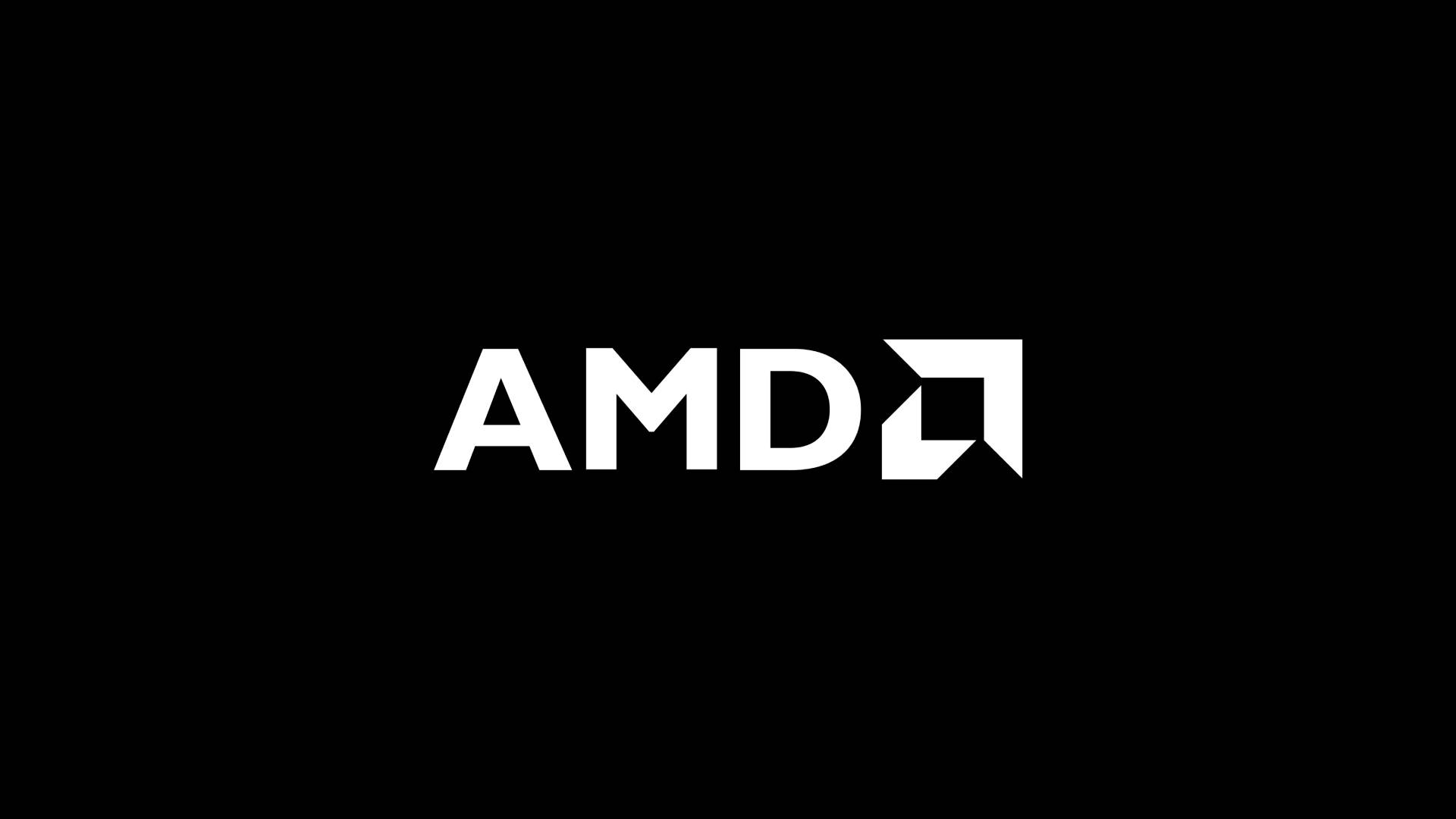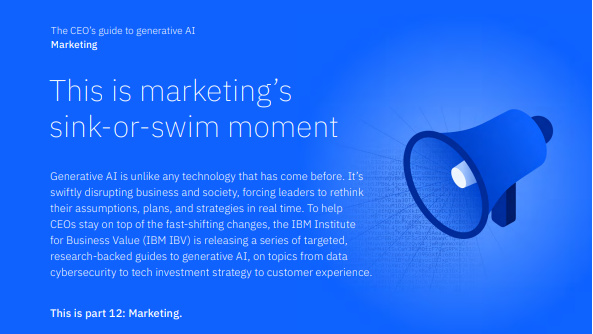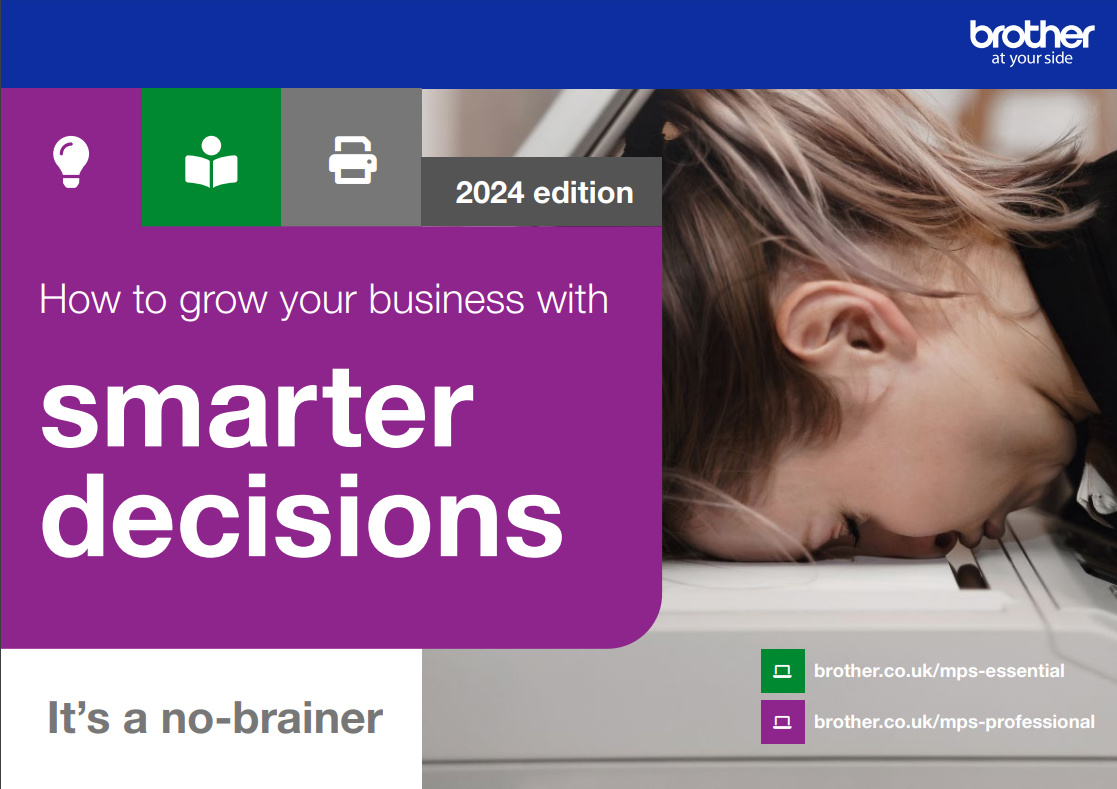The evolution of technology in the classroom
The digitisation of the classroom represents a big leap from the days of pencils and notebooks

Over the past 30 years, there's been a dramatic shift in attitudes towards technology and its ability to enhance learning experiences. Aside from playing games or watching movies on a parent's mobile device, the classroom is now often the first place a child meets technology, whether that be through the tools they use or the systems around them designed to create interactive experiences.
Today it's common for children to have access to personal mobile devices or laptop computers for use in school, often supported by online learning tools integrated into the school's network. It's a picture that as little as 15 years ago would have still seemed unfeasible, or even unattractive.
From the beginning of the 20th century the uptake of technology in the classroom was reserved for only the occasional breakthrough, with long bouts of status quo in between. In fact, the overhead projector, first invented in the 1930s but adopted more widely in schools and businesses in the 1950s, remained a popular way of displaying text on a wall or board right up to the turn of the century. Not only was it a great alternative to a blackboard, but it was a simple and effective way of allowing a teacher to quickly create content that could be re-used by colleagues.
This was the order of business for almost 50 years, with few technological breakthroughs finding their way to the classroom right away. The blackboard, both celebrated and loathed in equal measure, remained king until it was gradually ousted by whiteboards in the early 1990s, a technology that itself was some 30 years old. The pace of change was glacially slow, and while some innovations would find their way into schools, the classroom would remain largely isolated from evolving technology until the turn of the current century.

The rise of the personal computer and the World Wide Web sparked one of the most dramatic technological breakthroughs in history. Although it would take a few years before PCs were cheap enough for mass adoption, the "classroom computer" became common by the mid-1990s, particularly as the internet started to mature.
The personal computer transformed the way learning was delivered to children, and drastically increased the pace of change. Teachers could now not only direct pupils to online content they thought was useful, but they could create their own informative web pages and share them with their faculty. The sudden rise of CD-ROMs also made it possible to deliver more sophisticated educational applications, while the development of search engines like Google and Yahoo gave access to the largest shared database of information in the world, and the move to servers rather than local memory meant school work, software and admin records could be archived.
However, despite the new opportunities that technology was providing, the use of a computer in the classroom was largely considered a supplementary tool something that made things easier. Only relatively recently devices have become considered to be a fundamental part of a student's educational career with the possibility that learning can become entirely digitised.
In fact, things have moved so quickly that school leavers are now considered to be at a severe disadvantage in society if they've been unable to access technology from a young age, and with coding classes becoming more common in the curriculum, students are expected to leave school with skills that are alien to many adults.
That new push has meant schools are increasingly turning to technology to help deliver lessons. According to a study from technology charity Tablets for Schools, it's now thought that over 70% of all primary and secondary schools in the UK use tablet computers to deliver learning material, with over 10% being able to offer one tablet per pupil. Furthermore, a 2016 survey from RM Education found that up to 29% of secondary and 9% of primary schools are adopting bring your own device' policies that allow students to use their personal devices in the classroom.

One such school that has undergone huge technological change is the Waid Academy in Fife, Scotland. In 2017, Waid moved to a new campus after spending 130 years at its previous home. The school's senior technician John Ogilvie revealed that the old building had limited tech options, including data projectors and a reliance on desktop PCs. "We've had an upgrade of all IT in the school," he says. "In terms of desktops and laptops we're predominately now using mobile technology here. The number of desktops has reduced significantly."
Waid's head of social subjects and religious education, Scott Duncan, added that extending technology beyond the classroom has helped staff get to grips with new ways of teaching. "We have access to technology in every room," he says. "That really allows staff to engage in technology to become more confident with it and also enhance learning and teaching to make it more interactive for our young people who engage with technology on a day to day basis."
However, technology isn't going to provide an out-of-the-box teaching solution by itself it has to be merged with good teaching practices to truly work. A 2015 OECD report revealed that technology won't improve results without better teaching practice, whereas best practice will lead to good results without the use of any technology. The same study also found that some countries with low educational technology adoption scored the highest on literacy and numeracy. Despite this, there are clear signs that good practice and the right technology will produce the best results of all, making it vital that the two are combined well.
There are glimmers of hope in the industry, where companies are working to create products that are designed from the ground up to be classroom aides and address these shortcomings.
One example of this is the interactive display. Historically, the iconic blackboard was replaced by the more functional and easier to use whiteboard, helping to reshape how a teacher delivers a lesson. Now, interactive displays are helping to mix meaningful learning experiences with the functionality of an internet-enabled device.
See more SMART Technologies customer stories here
Interactive displays, provided by companies such as SMART Technologies, are helping to turn the classroom board into a collaborative hub. Unlike typical touchscreens, on panels like SMART's 7000 series interactive display, students can use pens, erasers and fingertips to work on the board simultaneously, creating the same opportunities for collaboration as you'd find on a traditional whiteboard. Android, iOS and Windows devices can also be synced so that each student can make personalised annotations on their machine, which are instantly displayed on the main board.
Ultimately, interactive displays offer an elegant solution to the problem of blind digitisation of the classroom. The display is where classroom technology comes together. SMART's iQ technology lets teachers switch from SMART Notebook lessons to whiteboard to game-based activities and more right at the board. The interactive display is the classroom technology hub for learning software, lesson content and student devices, and comes with a one-year subscription to SMART Learning Suite software.
Waid Academy's head teacher, Iain Hughes, said that SMART Boards sit at the heart of the school's bid to transform digitally. "It has been a journey, though, because not everybody's skilled right from the very beginning," he says. "You get the technology, but you need to make sure the staff are upskilled for that, and that's where we've had to plan for that. It's different ways of learning. We still have the traditional learning that goes on. We still have traditional assessments, things like that, but it's about looking at ways in which you can actually inspire youngsters."
SMART Technologies is transforming education discover more here.
Get the ITPro daily newsletter
Sign up today and you will receive a free copy of our Future Focus 2025 report - the leading guidance on AI, cybersecurity and other IT challenges as per 700+ senior executives
ITPro is a global business technology website providing the latest news, analysis, and business insight for IT decision-makers. Whether it's cyber security, cloud computing, IT infrastructure, or business strategy, we aim to equip leaders with the data they need to make informed IT investments.
For regular updates delivered to your inbox and social feeds, be sure to sign up to our daily newsletter and follow on us LinkedIn and Twitter.
-
 Meta just revived plans to train AI models using European user data
Meta just revived plans to train AI models using European user dataNews Meta has confirmed plans to train AI models using European users’ public content and conversations with its Meta AI chatbot.
By Nicole Kobie
-
 AI is helping bad bots take over the internet
AI is helping bad bots take over the internetNews Automated bot traffic has surpassed human activity for the first time in a decade, according to Imperva
By Bobby Hellard
-
 How AI innovation is driving educational excellence
How AI innovation is driving educational excellenceSupported Content Generative AI is helping students learn and educators teach, and the classroom of today is shaping the future of work
By Bobby Hellard
-
 Fuelling growth through transactions
Fuelling growth through transactionswhitepaper Prepare for the future of payments with flexible solutions
By ITPro
-
 Monetization strategies for digital content creators
Monetization strategies for digital content creatorswhitepaper An overview of the economies of forex markets in Latin America and what payment providers need to know to enter the region
By ITPro
-
 AMD Ryzen™ PRO processors and Windows 11 Pro
AMD Ryzen™ PRO processors and Windows 11 Prowhitepaper Better together for enterprise
By ITPro
-
 Retail forex development in Latin America
Retail forex development in Latin Americawhitepaper An overview of the economies of forex markets in Latin America and what payment providers need to know to enter the region
By ITPro
-
 The CEO's guide to generative AI: This is marketing's sink or swim moment
The CEO's guide to generative AI: This is marketing's sink or swim momentWhitepaper Position marketing as the model for generative AI-driven workforce transformation
By ITPro
-
 How to grow your business with smarter decisions
How to grow your business with smarter decisionsWhitepaper Introducing changes that generate business growth in the face of economic uncertainty for a stronger, more cohesive future
By ITPro
-
 AI’s quantified impact on the finance function
AI’s quantified impact on the finance functionWhitepaper Improving process quality, cost, and efficiency
By ITPro
